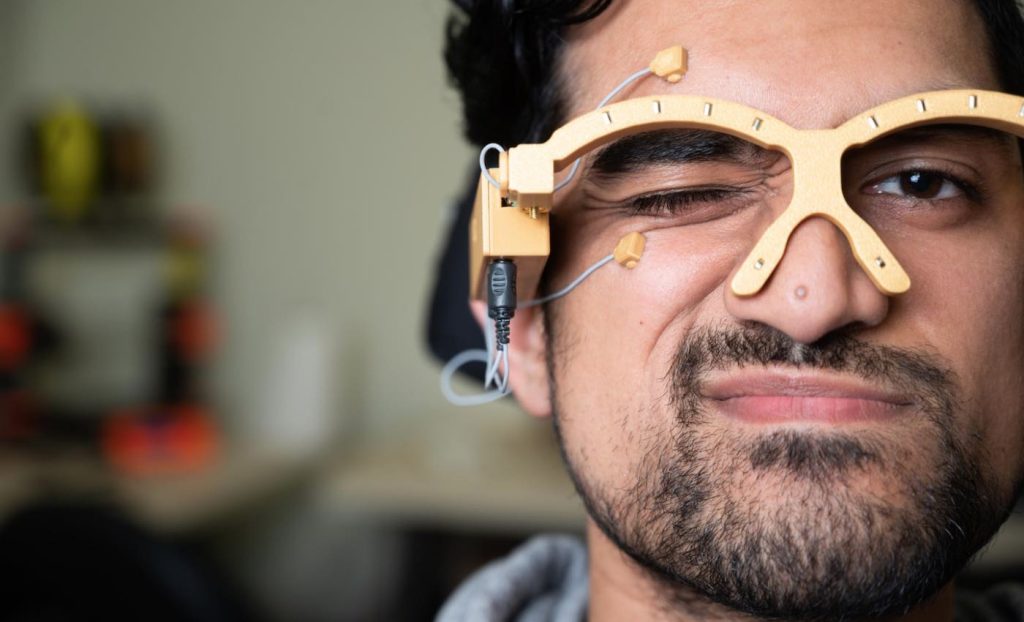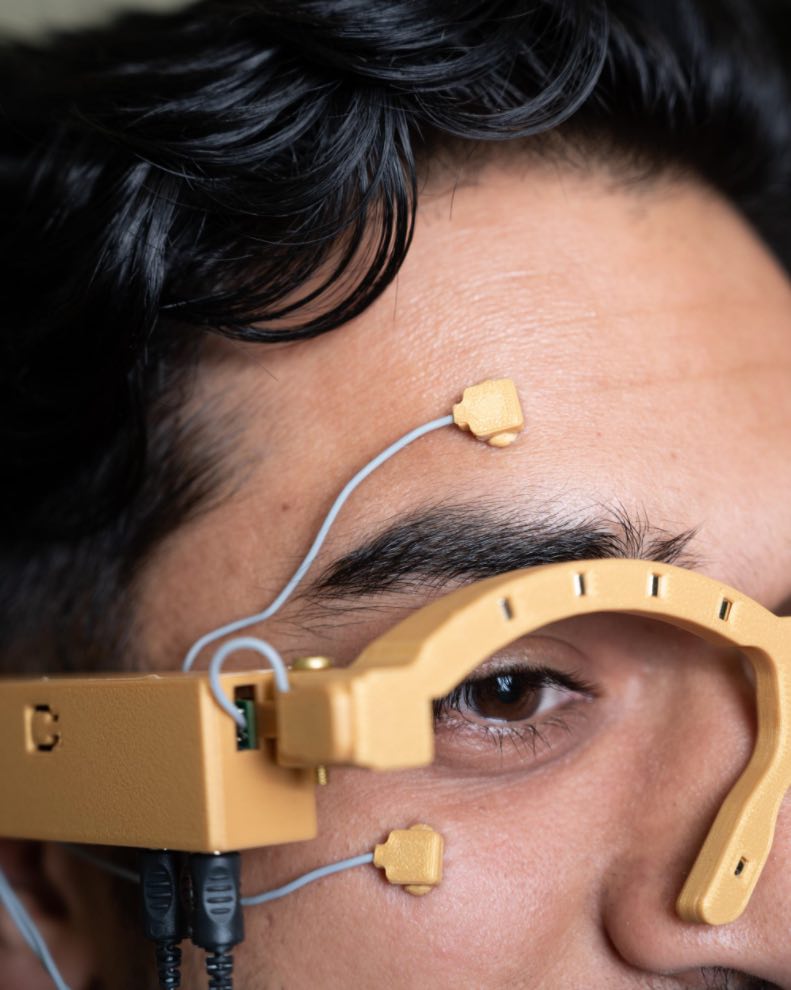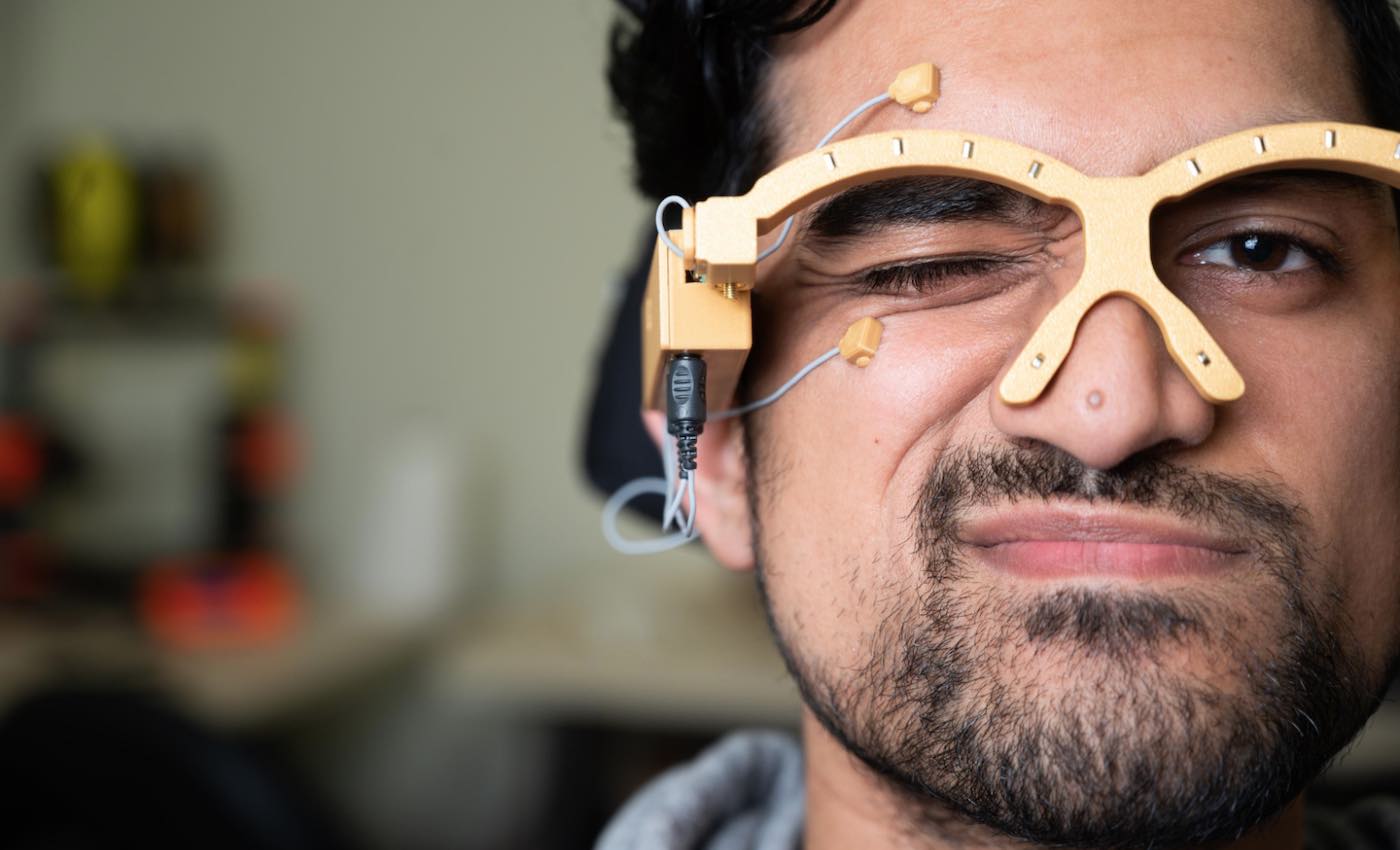
A new controller that works using head and tongue movements is one of the only options for patients with paralysis to not only control their own power wheelchairs but to use smartphones and computers.
Georgia Tech unveiled the results of a study that showed how their engineers were able to transform research prototypes into a user-ready version that was tested by 17 power wheelchair users living with tetraplegia—a spinal cord injury that affects the arms, hands, trunk, legs, and pelvic organs.
They described it as a first-of-its-kind, innovative application for individuals living with disabilities.
Collaborating with physicians and clinical therapists at Brooks Rehabilitation, the team was able to show how useful and easy the MagTrack technology worked for patients.
“To see where the MagTrack project has advanced even just since the early stages of this study is incredible,” said Geneva Tonuzi, medical director of the spinal cord injury program at Brooks Rehabilitation.
MagTrack enables power wheelchair users to control their connected devices (e.g., smartphone, computer) and drive their power wheelchairs using an alternative, multimodal controller. In addition, the assistive device is designed to be wearable, wireless, and adaptable to the user’s specific condition.
Unlike other devices, you wouldn’t have to be sitting in a chair or at a desk to use it. The controller travels with you.
RELATED: Justin Timberlake Buys Wheelchair-Accessible Van for Teen With Cerebral Palsy: ‘It’s a blessing’
Testing the performance of the Head-Tongue Controller (HTC), an earlier version of the MagTrack technology, demonstrated its ability to perform complex human-machine interactions that will enhance users’ quality of life, through the use of tongue and head movements, which are detected by eyewear and a tiny tracer that is temporarily glued onto the tongue using a bio-compatible adhesive.
Commands are generated from these motions using advanced data processing and machine learning models. This combination of head and tongue movements allows the user to perform a variety of daily functions with customizable control, from mouse navigation, scrolling, or drag-and-drop to advanced driving maneuvers when connected to a power wheelchair.
MagTrack’s tracers can stick to the face for many hours thanks to a transparent bio-compatible adhesive.

LOOK: 10 Lawmakers Accept Teen’s ‘Eye-Opening’ Challenge to Spend a Day in His Wheelchair
The test results, published in IEEE Transactions on Biomedical Engineering, showed that new users of MagTrack can complete these tasks as fast, and sometimes even faster, with the MagTrack’s HTC rather than their personal, alternative controller. Since the study session lasted less than 3 hours and used a power wheelchair that wasn’t their own—it is anticipated that participants would be more proficient as time went on.
“It was amazing to see how their faces lit up when they saw they were able to control their wheelchair with such ease and comfort,” said Jesse Milliken, speech-language pathologist in the spinal cord injury program at Brooks Rehabilitation Hospital. “They all said they can see this improving their day-to-day lives if it were available to them.”
At its core, MagTrack is a new type of body motion tracking—and these new, alternative controllers will enable them to be active members of an interconnected digital world.
“The trajectory of the MagTrack study shows an unprecedented possibility for the advancement of independent function as well as mobility for electric wheelchair users,” said Omer T. Inan, a Georgia Tech researcher and professor in the School of Electrical and Computer Engineering.
“Our team and partners are energized and motivated by the recent patient trials to continue to push this technology and its capabilities as far as possible (as) this technology can significantly improve people’s lives.”
POPULAR: Hearts Are Melting Over Little Girl Admiring a Beauty Ad Depicting Woman in a Wheelchair
“The development of our wearable alternative controller eliminates the need for having multiple assistive technologies, replacing them with a single multimodal and integrated system,” said Nordine Sebkhi, a postdoctoral researcher and co-creator of the MagTrack assistive technology.
As a result of these studies, MagTrack has been refined to offer a fully integrated, all-in-one experience so that a user can seamlessly switch between driving their wheelchair and controlling connected devices in their surroundings (e.g., smartphone, computer, automated door opener, smart TV). The system can be used anywhere since it is wearable, and its built-in wireless connectivity facilitates portability.
The team at Georgia Tech is already working on a new version of MagTrack that is not only more inconspicuous, but also includes detection of facial gestures which could significantly augment its control capabilities.
In the coming year, the team plans to make MagTrack available to early adopters for at-home validation testing, to further improve the technology.
HERO: Pawn Shop Owner Gives Motorized Wheelchairs to 580 People –Some Who Haven’t Been Outside in Years
The team is also working on various designs of MagTrack to be used as a wearable articulograph for motor speech disorders, as a hand and joint tracking system for physical rehabilitation, and even as a finger tracking for VR/AR applications. The MagTrack team will be partnering with the Global Center for Medical Innovation to assist in regulatory strategy and project planning to transition the technology from the lab to the market.
DRIVE This With a Gesture to SHARE on Social Media…




















